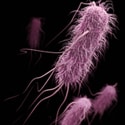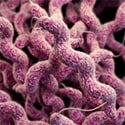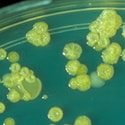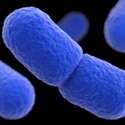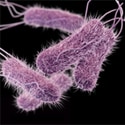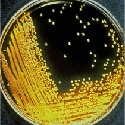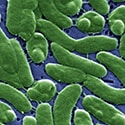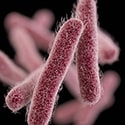Fast Facts about PulseNet
PulseNet uses DNA fingerprinting of the bacteria that are making people sick to detect outbreaks. PulseNet has detected thousands of local and multi-state outbreaks since it began in 1996. As a result of PulseNet, we have been able to prevent foodborne outbreaks and continuously improve our food safety systems – changes that might not otherwise have occurred. PulseNet International performs a similar role for foodborne illnesses that occur around the world.
Quick Stats
- PulseNet USA is made up of 83 federal, regional, state, and local laboratories divided into seven regions. There is at least one PulseNet laboratory in every state.
- By the end of 2016, PulseNet expects to have more than 1 million DNA fingerprints in the various national databases.
- The largest national database is Salmonella, which contained more than 500,000 entries as of 2015.
- In 2015, participating laboratories analyzed and reported more than 89,000 patterns to the PulseNet national databases.
- More than 10,000 entries were from non-human sources, such as food, animals, or the environment.
- Each year in the United States, around 1,500 clusters of disease are identified by state and local health agencies, and approximately 30 multistate or national outbreaks are identified.
- On average, PulseNet Central at CDC follows 280 clusters of foodborne disease each year.
Impact
- More than 1 billion pounds of contaminated food have been recalled—saving lives, time, and money—thanks to PulseNet!
- Outbreak investigations triggered by PulseNet have led to safer production practices for the following foods:
- Beef
- Eggs
- Flour
- Leafy greens
- Cantaloupe
- Other vegetables
- Peanut products
- Poultry
- Ready-to-eat and ready-to-cook foods
- Spices
- Sprouts
- Tree nuts
Pathogens Covered
PulseNet detects subtypes of:
*Clostridium botulinum is considered a select agent and, as such, follows different handling procedures than other pathogens covered by PulseNet.
Page last reviewed: February 16, 2016
